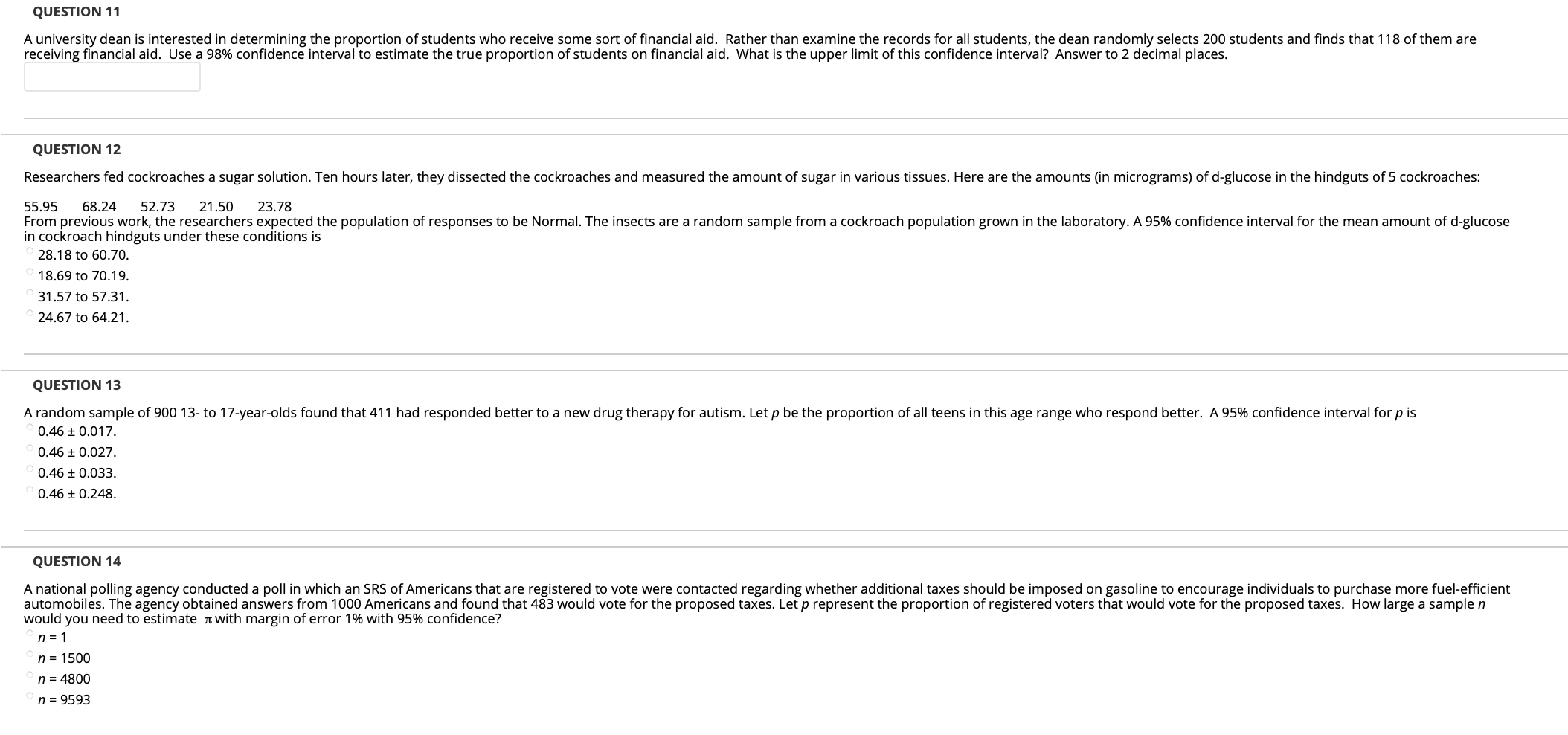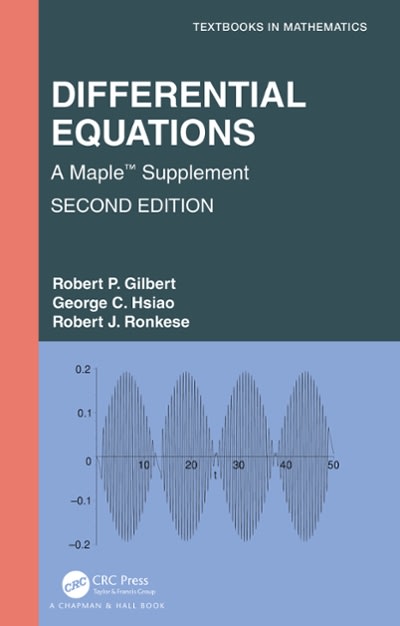Answered step by step
Verified Expert Solution
Question
1 Approved Answer
Anything to help me understand works well! Thank you. QUESTION 11 A university dean is interested in determining the proportion of students who receive some
Anything to help me understand works well! Thank you.

Step by Step Solution
There are 3 Steps involved in it
Step: 1

Get Instant Access to Expert-Tailored Solutions
See step-by-step solutions with expert insights and AI powered tools for academic success
Step: 2

Step: 3

Ace Your Homework with AI
Get the answers you need in no time with our AI-driven, step-by-step assistance
Get Started


